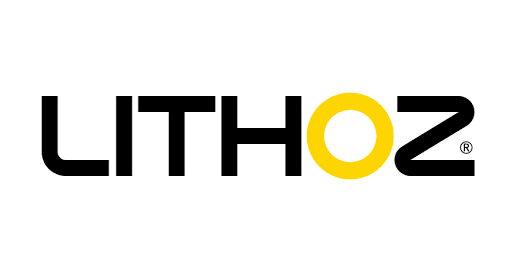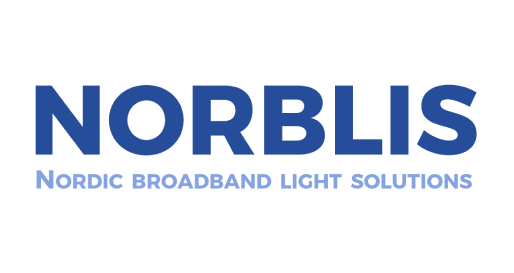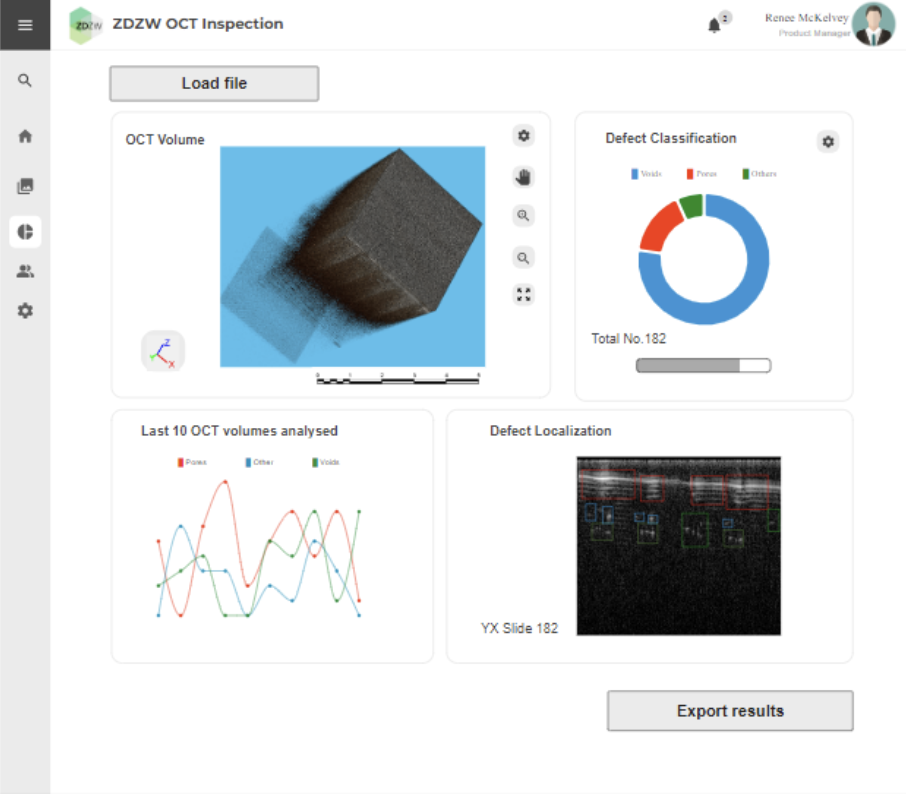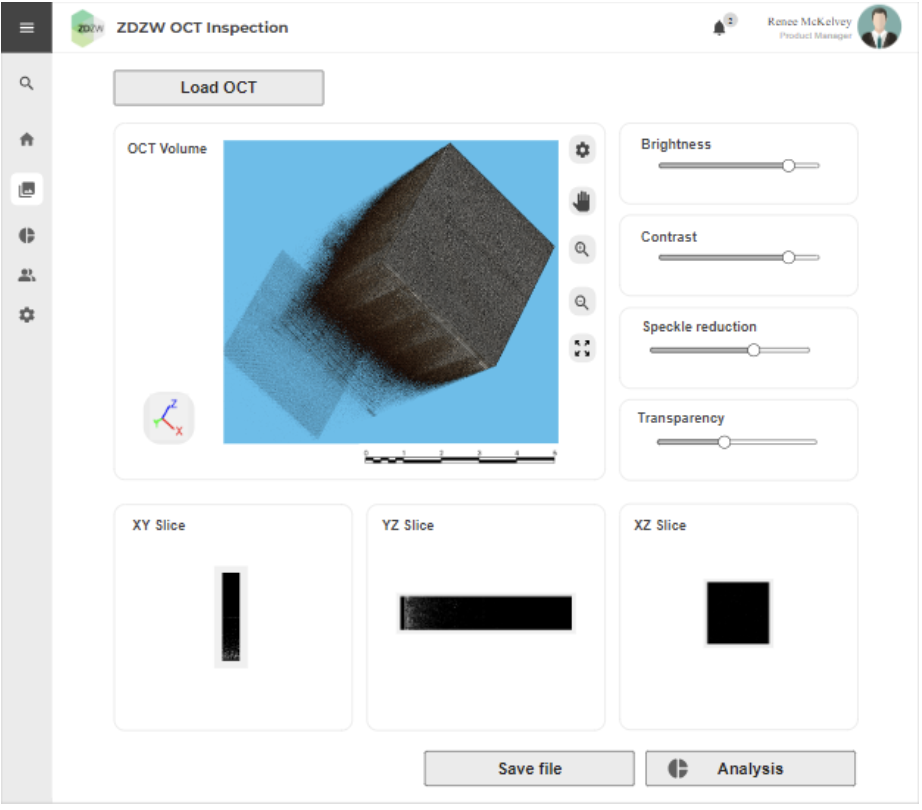MIR-OCT
The MIR-OCT technology is the top choice for additive ceramic manufacturing equipment and coating inspections, as it offers real-time, non-contact, and non-destructive inspection of ceramic parts with ultra-high-resolution images, significantly reducing defect-related delays and energy waste.
Project: ZDZW
Publisher: DTU, LITHOZ, UPV, NORBLIS
Technology: Sensing and Imaging
Industry: Energy, Manufacturing & Industrial Processes
INTRODUCTION
The in-line, non-contact, and non-destructive optical sub-surface inspection method MIR-OCT is used in additive ceramic manufacturing to detect sub-surface faults during the manufacturing process. By implementing this technology, companies can significantly enhance productivity of zero-defect components and reduce energy consumption, as compared to if only traditional microscope-based post-manufacturing inspection was used. It allows for real-time fault detection, streamlining the manufacturing process and minimizing waste.
FEATURES/BENEFITS
- Features:
- In-line, non-contact, and non-destructive inspection providing high-resolution sub-surface images of the ceramic parts during printing and sophisticated chemical micro-mapping.
- AI algorithm to classify the captured images by matching them against a database for possible product defects.
- Live real-time monitoring
- Early error detection through a data visualization and analysis tool
- Benefits
- Fast, efficient, reliable and not dependent on an operator for defect detection.
- AI algorithm for part quality inspection
- Optical fault detection
- Minimisation of delays in delivery of zero-defect products to the customer
- Easy optimization of manufacturing parameters
- Reducing energy/manufacturing waste
- Information (e.g. potential defect messages) can be forwarded to the operator in real time
TECHNICAL INFORMATION
RESOURCES
- OCT at visible (400-800nm) and near-infrared wavelengths (1100-1500nm) is very successfull in opthalmology, e.g., for scanning the retina for glaucoma and in dermatology for scanning for skin cancer. In this context UPV has earlier demonstrated deep learning algorithms to OCT images (H2020 EU project GALAHAD, ID: 732613) for eye disease screening. NORBLIS Founders have earlier built a near-infrared (1300nm) OCT system and demonstrated record resolution skin cancer imaging in the clinic, which UPV worked on to be the firsts to apply Convolutional Neural Networks on to demonstrate Automatic Segregation of the Epidermis [C].
- However, only the patented NORBLIS MIR-OCT system successfully takes the OCT to mid-infrared wavelengths that are suitable for inspection of highly scattering materials, such as ceramics and coatings, while maintaining ultra-high depth resolution and real-time frame rates. The MIR-OCT scanner has already succeesfully provided imaging through 20+ layers of ceramics printed by Lithoz and demonstrated that it is is able to detech defects at all stages of the printing process. The images are of such high quality that that a high-profile publiction is being written up based on them. See also the early demonstration [D]
- NORBLIS has demonstrated sub-surface imaging of coatings [A] and paper, including tracking of paper thickness [B]
- Many more demonstrations /papers of for example sub-surface imaging of maritime coatings and dynamic profiling of CO2 concentration can be provided, that all use the MIR-OCT scanner.
- [A] C.R. Petersen, S. Fæster, J.I. Bech, K.M. Jespersen, N.M. Israelsen, O. Bang, Non-destructive and contactless defect detection inside leading edge coatings for wind turbine blades using mid-infrared optical coherence tomography, Wind Energy 1-11 (2023). https://doi.org/10.1002/we.2810
- [B] R.E. Hansen, T. Bæk, S.L. Lange, N.M. Israelsen, M. Mäntylä, O. Bang, C.R. Petersen, Non-Contact Paper Thickness and Quality Monitoring Based on Mid-Infrared Optical Coherence Tomography and THz Time Domain Spectroscopy, Sensors 22(4), 1549 (2022). https://doi.org/10.3390/s22041549
- [C] R. Del Amor, S. Morales, A. Colomer, M. Mogensen, M. Jensen, N.M. Israelsen, O. Bang, V. Naranjo, Automatic Segregation of Epidermis and Hair Follicles in Optical Coherence Tomography images of Normal Skin by Convolutional Neural Networks, Frontiers in Medicine – Dermatology 7, 220 (2020). https://doi.org/10.3389/fmed.2020.00220
- [D] N.M. Israelsen, C.R. Petersen, A. Bahr, D. Jain, M. Jensen, G. Hannesschläger, P. Tidemand-Lichtenberg, C. Pedersen, A. Podoleanu, O. Bang, Real-time High-Resolution Mid-infrared Optical Coherence Tomography, Light: Science & Applications 8, 11 (2019). https://doi.org/10.1038/s41377-019-0122-5




